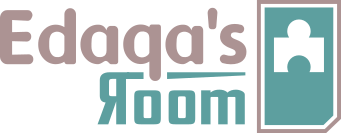
A device is a the fundamental underpinnings of the rules of a puzzle.
Every puzzle has a device that defines the fundamental way in which a puzzle must be solved. It is an orthogonal way to define a puzzle, distinct from its theme and qualities.
The device refers to complete structure of the puzzle. It can be broken down into facets to describe its various assets, though it's possible, and common, to have puzzles that use only a single significant facet.
Here are some of the common high-level puzzle device facets:
The device is slightly more abstract than a ruleset. Where as rules needs to give concrete details to solve a puzzle, the device is the concept that binds similar rules together.
Puzzle devices are not the same as puzzle mechanics. For example, a constraint logic puzzle may be used to determine the colouring of an image or to determine the combination to a safe. Mechanics are what are used to implement a given device, combined with the game's theme.
There are however strong correlations between certain devices and their mechanics. For example, constraint logic puzzles are most frequently expressed as a series of sentences, and can be solved with the classic logic grid. Labyrinth's are almost most commonly built with a visual maze the player needs to get through.
These types of correlations create player expectations. The more familiar something is the easier it will be to solve as well. Using puzzle devices in new ways creates novelty, but can increase the difficulty of the puzzle.
If you have any questions, need an example, or want clarification, then let me know. Ask on Discord or Twitter.
Assume everything in this reference is a working draft, there's prone to be some mistakes and inconsistencies. I figure it's best to publish and get feedback rather than write for years in secret. The terms will change, the structure will shift, and the bugs will be chased out. It'll take a while.